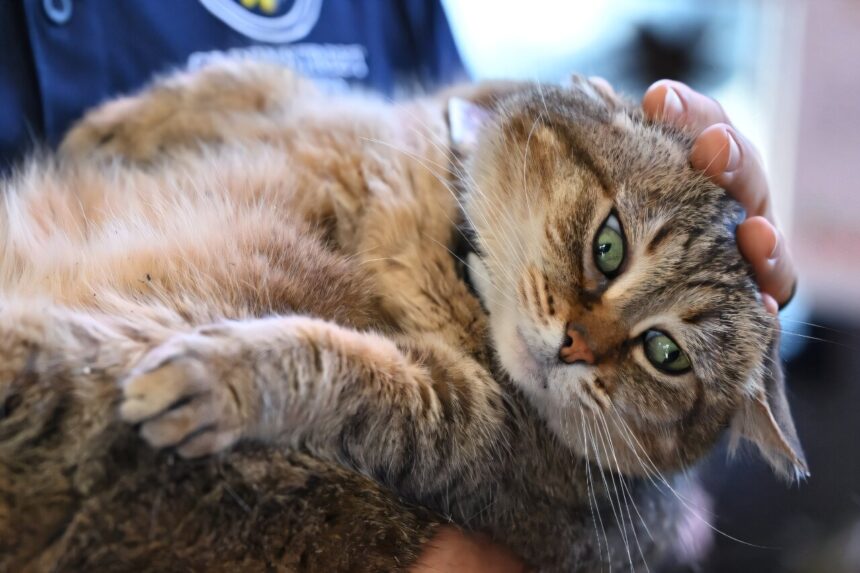The ongoing spread of bird flu in the United States has raised concerns among experts, not only due to severe human cases but also because of new instances of infections in cats. A recent case involved a critically ill patient in the United States whose virus sample showed signs of mutating to better suit human airways. While there is no evidence of transmission beyond this individual, the mutation has sparked interest in the potential implications.
The Centers for Disease Control and Prevention (CDC) reported that a small percentage of the virus in the patient’s throat exhibited genetic changes that could enhance its ability to bind to human upper respiratory tract cells. However, these mutations have not been found in birds, including the source of the patient’s initial infection. Experts caution that it is premature to determine if these changes would make the virus more transmissible or severe in humans without further testing.
Angela Rasmussen, a virologist at the University of Saskatchewan, highlighted the need for additional evidence to confirm any impact on transmissibility. Similar mutations in past cases have not led to widespread outbreaks, emphasizing the need for further research. Thijs Kuiken from Erasmus University Medical Center noted that efficient attachment to human cells is just one step in the viral replication process.
Concerns are also rising due to the high prevalence of bird flu cases in the US, with 65 confirmed human cases reported in 2024. The widespread circulation of the virus increases the risk of it mixing with seasonal influenza, potentially leading to rapid evolutionary leaps. Researchers are closely monitoring the rising cases of bird flu infections in cats, with instances of cats consuming contaminated pet food and big cats at a sanctuary succumbing to the virus.
The potential for infected outdoor cats to expose humans to the virus through close contact is a significant concern. Measures to prevent transmission from pets to humans are crucial in controlling the spread of the virus. The evolving situation with bird flu mutations and infections in cats underscores the importance of continued surveillance and research efforts to mitigate the risk of a potential pandemic.
In conclusion, the discovery of a new bird flu mutation in the US and the alarming cases of infections in cats highlight the complex nature of viral evolution and transmission. Vigilance, research, and preventive measures are essential in addressing the challenges posed by emerging infectious diseases like bird flu.








